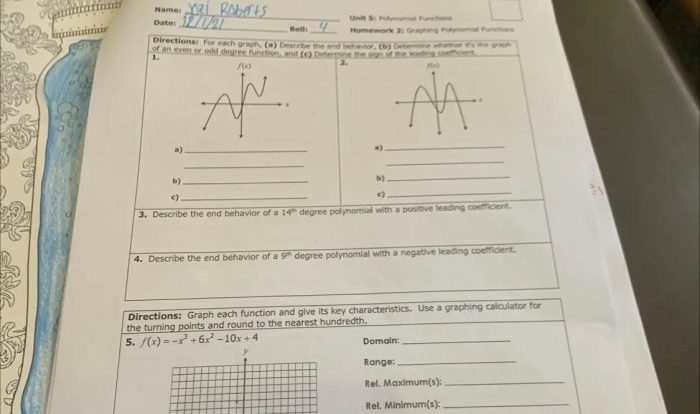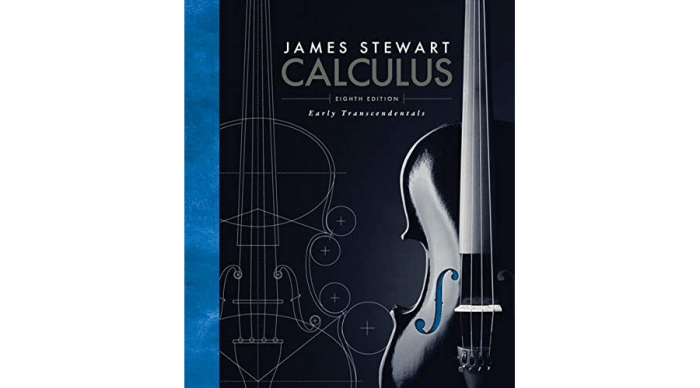How many pennies are on each square of a chessboard? This seemingly simple question leads to an exploration of exponential growth, mathematical patterns, and real-world applications. Join us as we delve into the fascinating world of pennies on a chessboard, uncovering the secrets that lie within each square.
From its historical origins to its practical implications, the pennies on a chessboard problem has captivated minds for centuries. It serves as a testament to the power of mathematics and its ability to illuminate the world around us.
Understanding the Concept
The pattern of penny doubling on a chessboard is a geometric progression, where each subsequent square has double the number of pennies as the previous one. This pattern is based on the principle of exponential growth, where a quantity increases by a fixed percentage or factor over time.
Mathematical Formula
The number of pennies on each square can be calculated using the following mathematical formula:
$$P_n = 2^(n-1)$$
Where:
- $P_n$ is the number of pennies on square $n$
- $n$ is the square number (1 to 64)
Calculating Penny Distribution

The number of pennies on each square of a chessboard can be determined using a formula or by referring to a pre-calculated table. The formula for calculating the number of pennies on a given square is:
$$P = 2^n
1
$$
where Pis the number of pennies on the square and nis the square’s position on the chessboard (starting from 1).
Table of Penny Distribution
The following table shows the number of pennies on each of the first 10 squares of a chessboard:
| Square | Number of Pennies |
|---|---|
| 1 | 1 |
| 2 | 2 |
| 3 | 4 |
| 4 | 8 |
| 5 | 16 |
| 6 | 32 |
| 7 | 64 |
| 8 | 128 |
| 9 | 256 |
| 10 | 512 |
Visualizing the Pattern: How Many Pennies Are On Each Square

The exponential growth of pennies on a chessboard can be effectively visualized using a graphical representation. This visual aid enhances the understanding of the doubling concept.
Graphical Representation
Consider a chessboard with 64 squares. The graphical representation of the penny distribution would show a sharp increase in the number of pennies as we move from one square to the next. For instance, the first square has one penny, the second square has two pennies, the fourth square has four pennies, and so on.
This pattern continues until the 64th square, which has 2^63 pennies, a staggering number.
The exponential growth is evident from the visual representation. Each square has double the number of pennies compared to the previous square, leading to a rapid increase in the total number of pennies on the board.
Historical Context and Applications
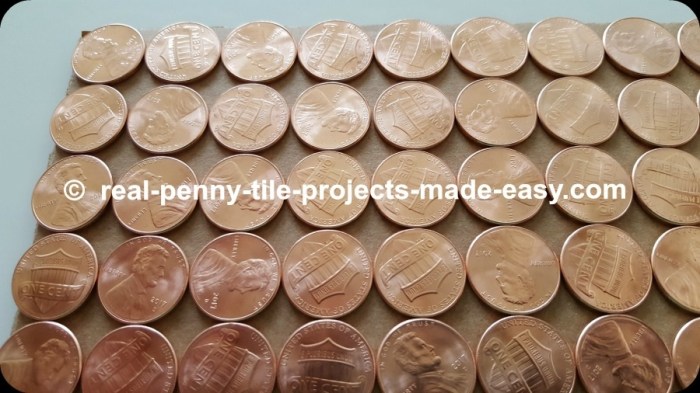
The “Pennies on a Chessboard” problem has a rich historical background, dating back to the 9th century. It is believed to have originated in India, where it was known as the “Wheat and Chessboard” problem. The problem gained popularity in Europe during the Middle Ages, and it has been featured in various mathematical texts and puzzles throughout history.One
practical application of the doubling pattern in the “Pennies on a Chessboard” problem can be found in the field of finance, specifically in the study of compound interest. The doubling pattern represents the exponential growth of interest over time, which is a fundamental concept in financial planning and investment strategies.Another
application of the doubling pattern can be found in computer science, particularly in the analysis of algorithms. The doubling pattern is often used to estimate the time complexity of algorithms, which is a measure of how efficiently an algorithm performs as the size of its input increases.
By observing the doubling pattern in the running time of an algorithm, computer scientists can make informed decisions about the choice and implementation of algorithms for specific tasks.
Extensions and Variations
The penny doubling problem can be extended and varied in several ways, each leading to different patterns and implications.
One variation involves changing the starting number. Instead of starting with one penny, the problem can be modified to start with a different number, such as two or five. This change affects the pattern of penny distribution, resulting in a different number of pennies on each square.
Doubling Factor Variation
Another variation involves changing the doubling factor. Instead of doubling the number of pennies on each square, the problem can be modified to use a different doubling factor, such as tripling or quadrupling. This variation also affects the pattern of penny distribution, leading to a different number of pennies on each square.
Mathematical Analysis
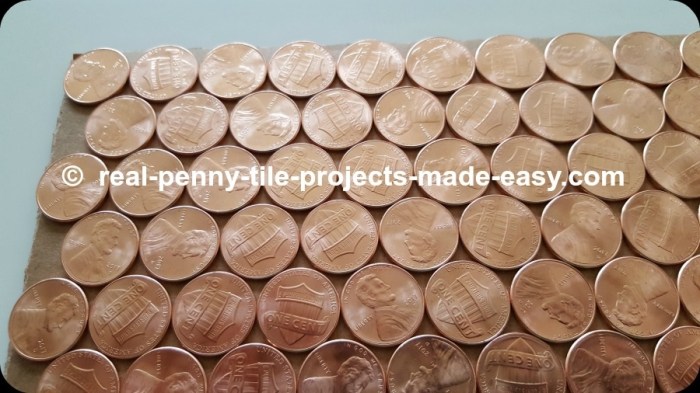
The penny doubling pattern exhibits a simple mathematical relationship that governs the distribution of pennies on each square.
The number of pennies on each square follows a geometric progression, where each term is obtained by multiplying the previous term by a constant ratio. The ratio in this case is 2, representing the doubling of pennies from one square to the next.
Relationship between Number of Squares and Total Number of Pennies
The total number of pennies on the chessboard is directly related to the number of squares. The formula for calculating the total number of pennies is:
Total Pennies = (2^n)
1
where n represents the number of squares on the chessboard.
This formula demonstrates the exponential growth of the total number of pennies as the number of squares increases. Each additional square doubles the total number of pennies, resulting in a rapidly increasing sum.
Real-World Examples
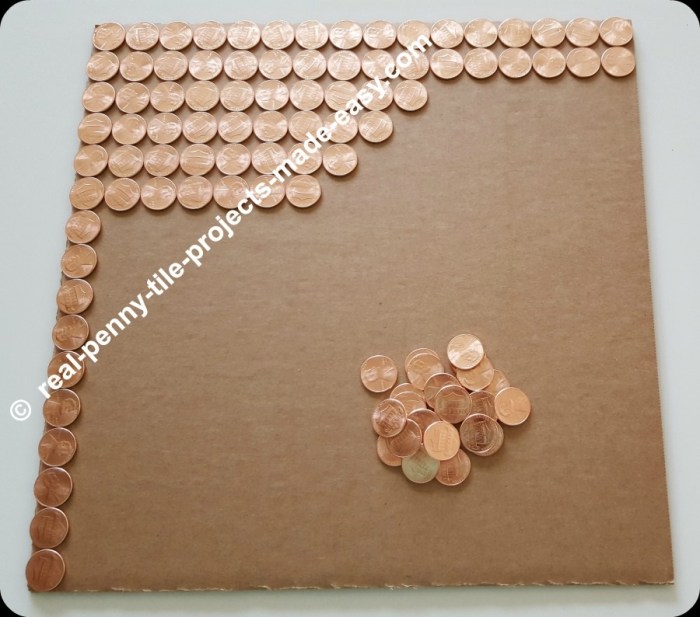
The “Pennies on a Chessboard” problem finds practical applications in various fields, demonstrating the significance of understanding exponential growth.
Financial Planning
This problem serves as a simplified model for exponential growth in investments. By understanding the doubling of pennies on each square, investors can grasp the potential of compound interest and the importance of starting investments early.
Population Growth
The problem illustrates the exponential nature of population growth. Each square represents a generation, and the doubling of pennies signifies the rapid increase in population over time. This knowledge aids in understanding the challenges and consequences of population growth.
Technology Development, How many pennies are on each square
Moore’s Law, which predicts the exponential growth of transistors in integrated circuits, can be visualized using the “Pennies on a Chessboard” problem. By comprehending the exponential nature of technological advancements, businesses can anticipate future trends and plan accordingly.
Key Questions Answered
What is the total number of pennies on a chessboard?
18,446,744,073,709,551,615
What is the formula for calculating the number of pennies on a given square?
Pennies on square n = 2^(n-1)
What are some practical applications of the pennies on a chessboard problem?
Exponential growth models in finance, computer science, and population dynamics
